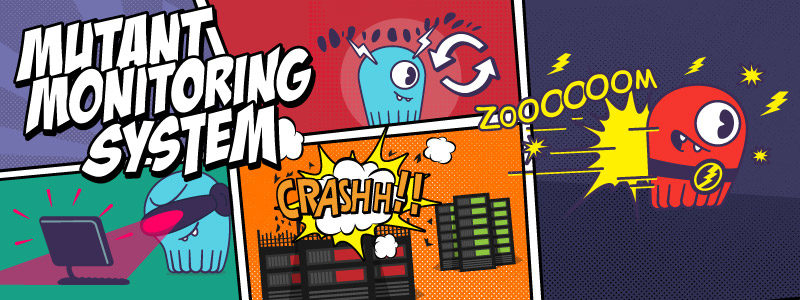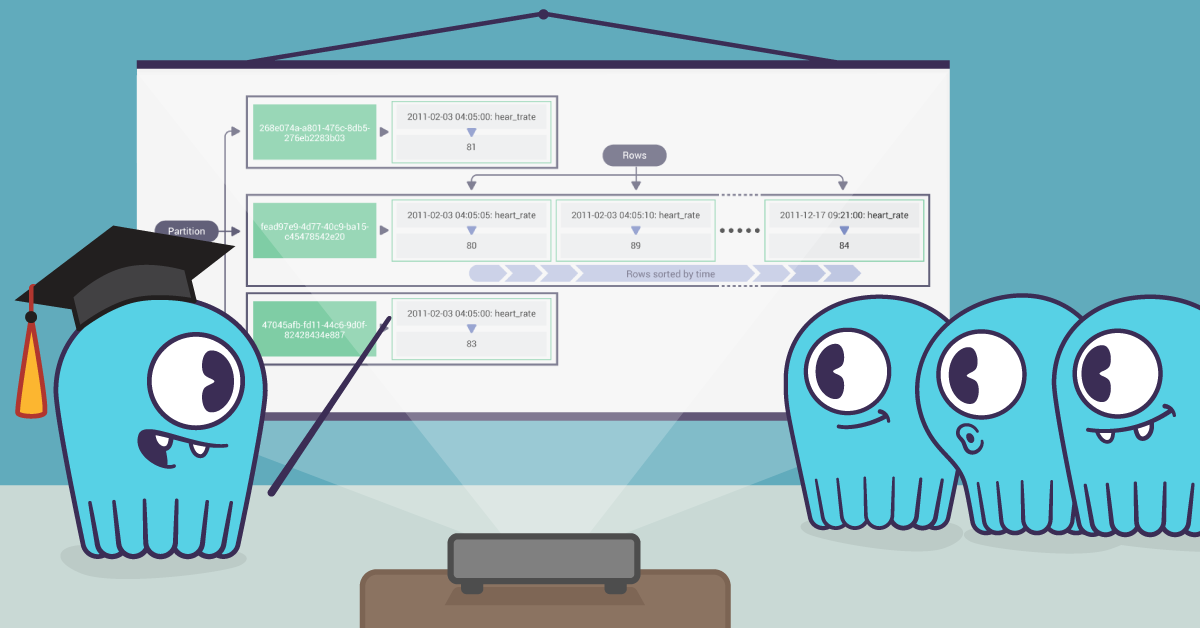
Take the ScyllaDB University Challenge!
You’ve probably already heard about ScyllaDB University. It’s our training resource center offering free courses you can take online at your own pace.
All you need to do is register and start taking lessons.
To keep you motivated, the first 5 users who complete all the available lessons with the most points will receive a cool ScyllaDB t-shirt!
Points are awarded for:
- Completing lessons including quizzes and hands-on labs, with a high score
- Submitting a feedback form
- General suggestions, feedback, and input (just shoot me a message on the #scylla-university channel on Slack)
Winners will be announced on Wednesday, August 14.
New Course: The Mutant Monitoring System
We recently published The Mutant Monitoring System (MMS), a new course which covers key concepts such as setup, failover, compactions, multiple data centers, and integrations with third-party applications, all within the context of saving Earth from a mutant invasion!
This course is suitable for administrators and developers who want to learn how to use ScyllaDB within their applications in various programming languages. If you are new to ScyllaDB, we recommend completing the ScyllaDB Essentials course first. Each lesson includes hands-on examples. Practice makes perfect!
The Mutant Monitoring System Backstory
Mutants have emerged from the shadows and are now wreaking havoc on Earth! Increased levels of malicious mutant behavior pose a threat to national security and to the general public. To better protect its citizens and understand more about the mutants, the Government has enacted the Mutant Registration Act. The overall mission of the course is to help the Government keep the Mutants under control by building a Mutant Monitoring System. Finish this course, and we just may save the Earth! So let’s get to it!

Course Lessons
Building a Mutant Monitoring System: Learn how to create the ScyllaDB infrastructure to start building out the MMS. You’ll setup a 3-node ScyllaDB Cluster, cqlsh, create a keyspace and table, read and write data. The Mutant Catalog is the first keyspace that will be created to gather basic metrics for each mutant such as first name, last name, address, and photo.
 Create the Tracking System: This lesson covers how to build the tracking system keyspace and table that will allow us to keep track of the following mutant metrics: Name, Timestamp, Location, Speed, Velocity, Heat, Telepathy powers, primary key, clustering key, compaction, and some more cqlsh.
Create the Tracking System: This lesson covers how to build the tracking system keyspace and table that will allow us to keep track of the following mutant metrics: Name, Timestamp, Location, Speed, Velocity, Heat, Telepathy powers, primary key, clustering key, compaction, and some more cqlsh.
Set the Consistency Level: Learn about consistency levels, a node failure scenario, adding a node and repairing a cluster.
Configure Multi-Datacenter Replication: The lesson covers using multiple data centers, configuring keyspaces for multi DC, what happens if a DC is down in a multi DC environment.
 Configure Multi-datacenter Consistency Levels: Learn about consistency level (CL) options that are available when using ScyllaDB with multiple data centers and how the CL affects queries in a failure scenario with multiple data centers.
Configure Multi-datacenter Consistency Levels: Learn about consistency level (CL) options that are available when using ScyllaDB with multiple data centers and how the CL affects queries in a failure scenario with multiple data centers.
Monitoring: Set up the ScyllaDB Monitoring stack to monitor nodes and examine important details such as performance, latency, node availability, and more. The lesson covers setting up the monitoring stack and configuring it, using cassandra-stress, different metrics, and dashboards.
Backup and Restore: Learn how to backup and restore data from the Mutant Monitoring System. We’ll see how to back up the data, simulate data loss and restore the data.
 Implement a Java Client: Part 1: See how to use the Java driver to interact with a ScyllaDB cluster. You’ll create a sample Java application, setup the cluster and run the application to perform simple queries. When creating applications that communicate with ScyllaDB, it is crucial that the programming language being used has support for database connectivity. Since ScyllaDB is compatible with Cassandra, we can use any of the available Cassandra libraries.
Implement a Java Client: Part 1: See how to use the Java driver to interact with a ScyllaDB cluster. You’ll create a sample Java application, setup the cluster and run the application to perform simple queries. When creating applications that communicate with ScyllaDB, it is crucial that the programming language being used has support for database connectivity. Since ScyllaDB is compatible with Cassandra, we can use any of the available Cassandra libraries.
Implement a Java Client, Part 2: Learn how to use the Java driver to interact with ScyllaDB in a more efficient way, using Prepared Statements. A prepared statement is a query that is parsed by ScyllaDB and then saved for later use. One of the valuable benefits is that you can continue to reuse that query and modify variables in the query to match variables such as names, addresses, and locations. You’ll get a Java application example that you can run.
Set Up Materialized Views: This lesson covers Materialized Views, which automate the tedious and inefficient work that must be done when an application maintains several tables with the same data that’s organized differently.
 Implement a Java Client, Part 3: Learn how to work with the blob datatype as we explore the Java programming language a bit further. We’ll use an interesting feature of ScyllaDB that would allow us to store files in the database. With this ability, we can store images of the mutants in the catalog keyspace.
Implement a Java Client, Part 3: Learn how to work with the blob datatype as we explore the Java programming language a bit further. We’ll use an interesting feature of ScyllaDB that would allow us to store files in the database. With this ability, we can store images of the mutants in the catalog keyspace.
Analyze Data with Spark (coming soon): This lesson demonstrates how to use Spark with ScyllaDB. We will go over how to use Apache Spark to analyze and visualize the data from the Mutant Monitoring system. As our mutant data increases in size over time, we need to be able to quickly analyze it using a cluster of machines and that is where Apache Spark comes in. Apache Spark is a distributed system and unified analytics engine for large-scale data processing.
Join the #scylla-university channel on Slack for more training related discussions.





